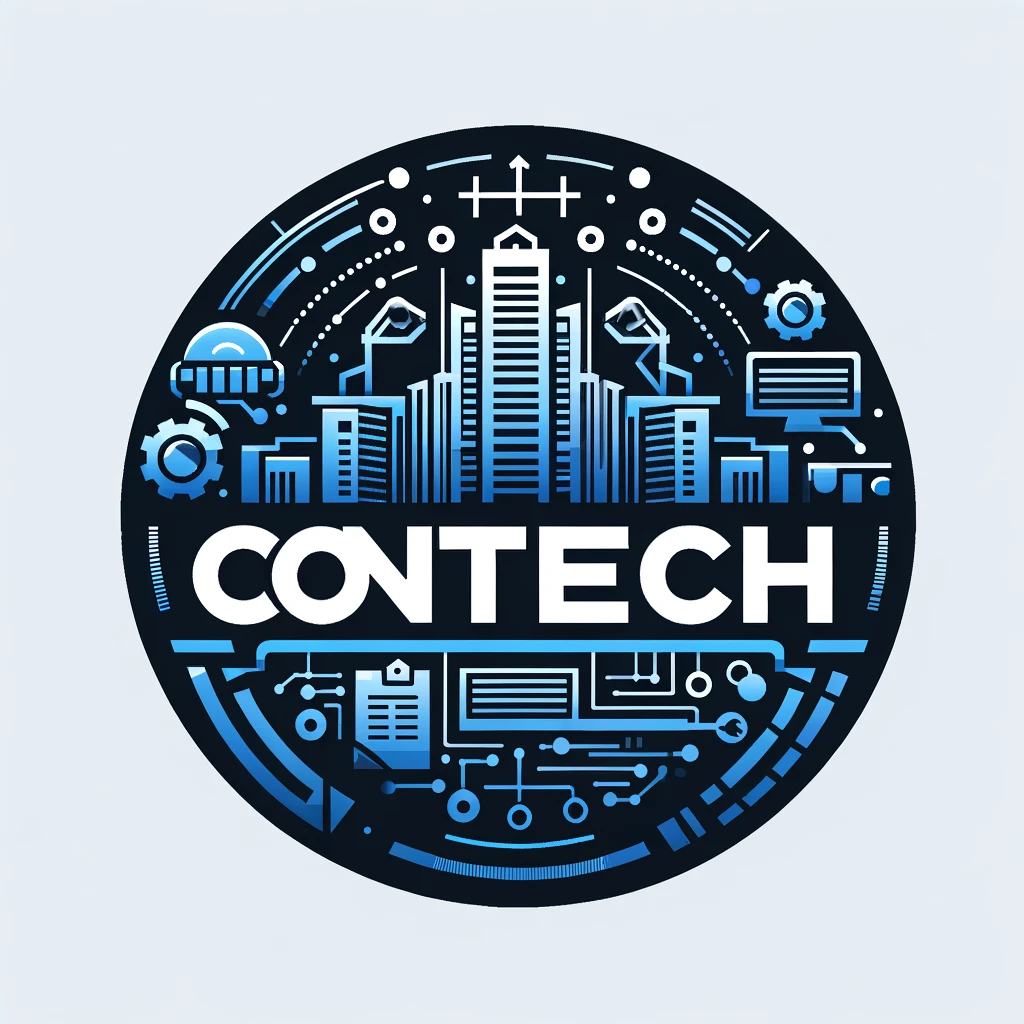The Role of Mixed Reality in Construction Design and Visualization
 Quantum Cyber Solutions
Quantum Cyber Solutions
Published on
Tuesday, July 4, 2023
The Role of Mixed Reality in Construction Design and Visualization
======================================================================
Authors

Name
Con Tech News
Twitter
The Role of Mixed Reality in Construction Design and Visualization
The construction industry has traditionally been anchored by physical blueprints, CAD models, and traditional visualization techniques. However, we’re on the cusp of a monumental shift as mixed reality (MR) technology starts to reimagine how we design, visualize, and interact with construction projects. Let’s dive into the transformative potential of mixed reality in construction design and visualization.
What is Mixed Reality?
Before we delve deeper, it’s essential to understand what mixed reality is. Mixed Reality (MR) is a blend of physical and digital worlds, unlocking natural and intuitive 3D human, computer, and environmental interactions. It sits at the intersection of Augmented Reality (AR) and Virtual Reality (VR), where real-world and digital elements coexist and interact in real-time.
Seamless Design and Visualization
Enhancing Collaboration
One of the standout benefits of MR in construction is its ability to foster collaboration. With MR headsets like the Microsoft HoloLens or Magic Leap, engineers, architects, and stakeholders can walk through a project before the first brick is laid. It brings 2D plans to life in a 3D space, enabling teams to:
- Conduct virtual site visits.
- Visualize and manipulate construction components.
- Collaborate in real-time, regardless of physical location.
Imagine standing in an empty field yet seeing the full-scale structure in front of you, discussing design details as if the building already existed.
Boosting Precision and Reducing Errors
MR allows precise overlay of digital models onto physical environments. This precision ensures that every bolt, beam, and brick is placed accurately, significantly reducing errors and rework. Here’s how MR enhances precision:
- Real-time updates: Design changes can be applied and viewed instantly within the MR environment.
- Clash detection: Identifying and addressing potential design conflicts between different systems (like electrical and plumbing) becomes more efficient.
- Progress tracking: Real-time monitoring of construction progress against the digital twin of the project.
Revolutionizing Client Interaction
Best of all, MR makes it easier to convey complex design concepts to clients. No more trying to explain what a room will look like from a 2D plan; instead, clients can walk through, experience different design options, and make informed decisions on the spot.
Technological Components Driving MR in Construction
Hardware
- MR Headsets: Devices like Microsoft HoloLens, Magic Leap, and Meta's Oculus provide the primary hardware framework. These headsets come equipped with sensors, cameras, and processors to merge digital content with the real world seamlessly.
- Tracking Systems: Advanced tracking systems ensure that digital elements interact correctly with the physical world, maintaining alignment and orientation.
Software
- BIM Integration: Integration with Building Information Modeling (BIM) software is critical. BIM provides a detailed model of the building's components, and MR overlays this data onto the physical site.
- 3D Modelling and Simulation Software: Tools like Unity and Unreal Engine allow for the creation of highly detailed and interactive 3D models that can interact within the MR environment.
- Collaboration Platforms: Shared platforms enable multiple users to interact with the MR environment simultaneously, promoting collaboration from different locations.
Real-World Applications and Case Studies
Mercedes-Benz Stadium
A stellar example of MR's impact is its role in constructing the Mercedes-Benz Stadium in Atlanta. The project utilized MR to visualize complex architectural designs, streamlining the construction process and ensuring high precision.
Heathrow Airport Expansion
During the Heathrow Airport Terminal 5 expansion, MR played a pivotal role in visualizing and planning infrastructure, significantly reducing unforeseen issues and ensuring seamless integration with existing structures.
Overcoming Challenges
Adopting MR in construction isn’t without its challenges:
- High Initial Costs: While cost-saving in the long run, the initial investment in MR technology can be steep.
- Training and Adaptation: Staff need proper training to effectively use MR tools.
- Technical Limitations: Currently, battery life and hardware constraints can limit extended use.
However, as MR technology continues to evolve, it’s becoming more affordable and accessible, paving the way for broader adoption across the construction industry.
Future of Mixed Reality in Construction
Looking forward, the integration of MR with AI and IoT could offer even more advanced solutions:
- Predictive Insights: AI can analyze MR data to predict potential construction issues.
- Smart Construction Sites: IoT devices can feed real-time data into MR environments, creating dynamic and responsive construction sites.
- Sustainable Building Practices: Enhanced visualization and planning capabilities can lead to more efficient resource use and sustainable construction practices.
Conclusion
Mixed Reality is not merely a futuristic concept; it’s reshaping the construction landscape today. By enhancing collaboration, boosting precision, and revolutionizing both design and client interaction, MR is unlocking unprecedented opportunities in construction design and visualization. The journey is just beginning, and the future promises even more thrilling advancements as technology continues to evolve.
Ready to step into the future of construction? The blueprints are no longer on paper; they’re all around us, in vibrant, interactive 3D, thanks to mixed reality!
Stay tuned and excited about the boundless possibilities that mixed reality holds!
Discuss on Twitter • View on GitHub
Tags
Previous Article
How Construction Technology is Transforming the Housing Market
Next Article
Mastering eBuilder: Setting Up and Using for Capital Program Management
Subscribe to my newsletter
Read articles from Quantum Cyber Solutions directly inside your inbox. Subscribe to the newsletter, and don't miss out.
Written by
